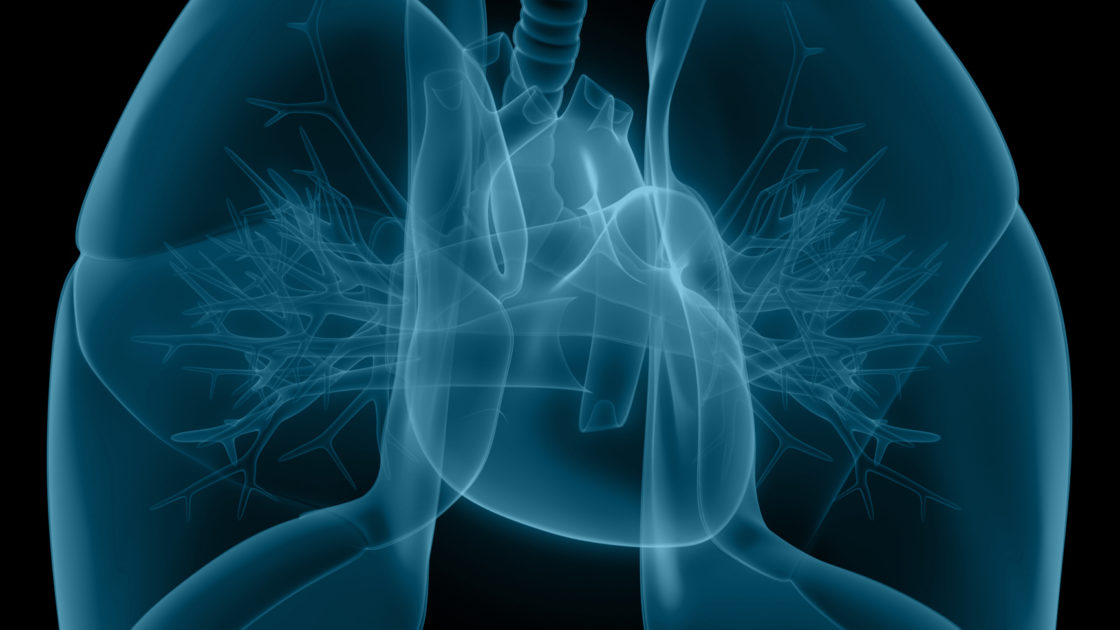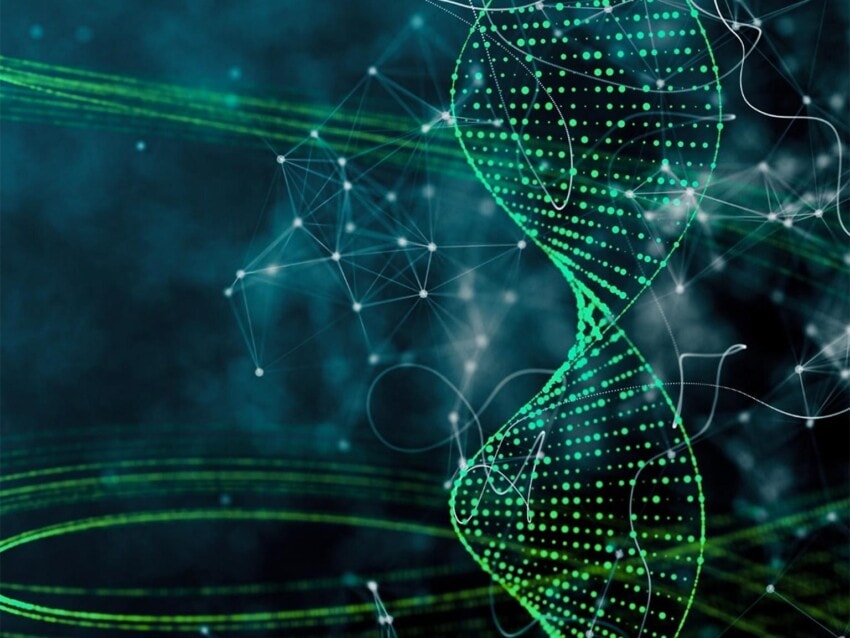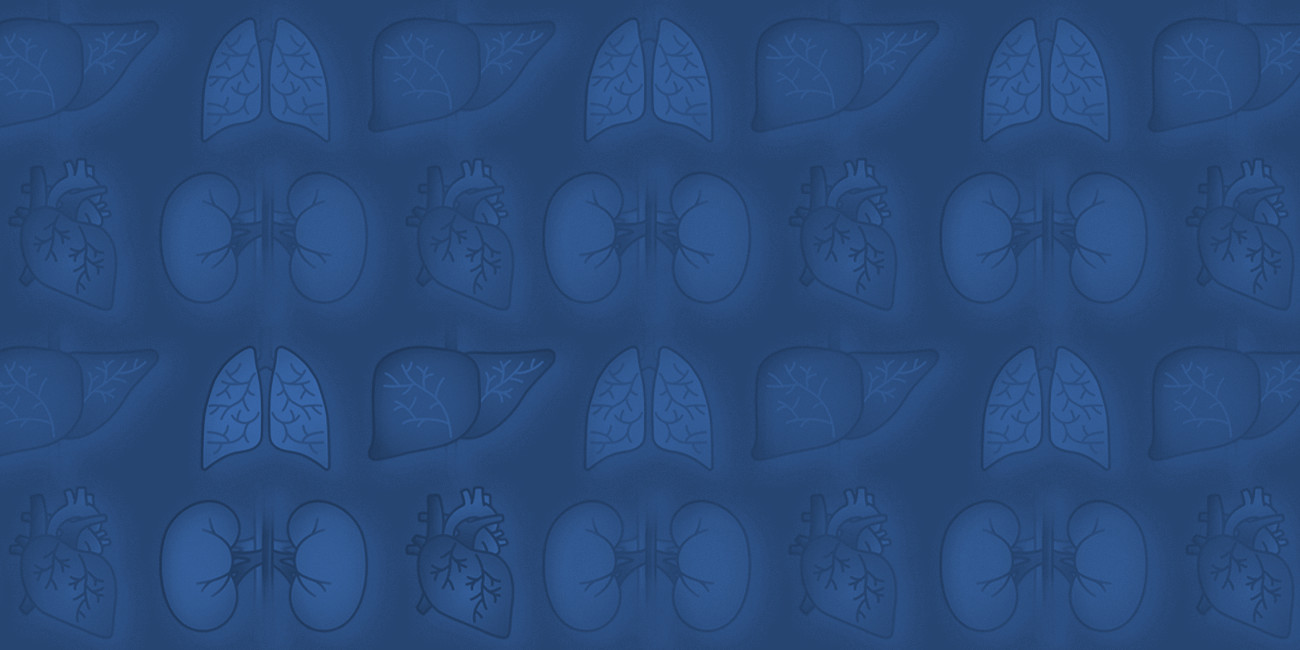
nCounter® Human Organ Transplant Panel
Are you looking to develop signatures pre- and post-organ transplant to help determine risk of rejection? Then the nCounter Human Organ Transplant Panel is the research tool for you.
Helping Your Research
Panel Development
The Human Organ Transplant Panel was created through a collaboration between NanoString and the Banff Foundation for Allograft Pathology, a global consortium of researchers from multiple prestigious institutes, including researchers from the University of Alberta, Erasmus Medical Center Rotterdam, Imperial College London, Massachusetts General Hospital, University of Oxford, and the Paris Transplant Group. The consortium aims to improve organ transplant outcomes through advanced molecular characterization of the in-situ response in the allograft and to make available a transformational new approach for research that can be used to accelerate the identification of new biomarkers of rejection, uncover the mechanisms behind tissue damage, and monitor toxicities brought on by immunosuppressive drugs and infections.
Banff 2019 Meeting Report
Read the Banff 2019 Meeting Report to learn more about how the content for the Human Organ Transplant panel was created and how the Banff Molecular Diagnostics Working Group (MDWG) plans to maximize data collected using the panel through the formation of a consortium and access to a shared database.

Panel Selection Tool
Find the gene expression panel for your research with Panel Pro
Find Your Panel
Product Information
Solid organ and hematopoietic transplant recipients are at increased risk for developing complications from opportunistic viral infections and may even inherit a viral infection from the donor. Knowing if a viral infection is present can be essential to understanding both the immune response and the potential impact of immunosuppressive treatments. Included in the Human Organ Transplant panel are probes specific for the detection of BK Polyomavirus, Cytomegalovirus (CMV) and Epstein-Barr virus (EBV).
Probes included in the Human Organ Transplant Panel have been confirmed to also have high homology to non-human primates providing a valuable tool for translational comparative studies using both human and non-human samples.
Related Resources






Publications
Single-cell and spatial multi-omics highlight effects of anti-integrin therapy across cellular compartments in ulcerative colitis
Ulcerative colitis (UC) is driven by immune and stromal subsets, culminating in epithelial injury. Vedolizumab (VDZ) is an anti-integrin antibody that is effective for treating UC.
In situ single-cell profiling sheds light on IFI27 localisation during SARS-CoV-2 infection
The utilization of single-cell resolved spatial transcriptomics to delineate immune responses during SARS-CoV-2 infection was able to identify M1 macrophages to have elevated expression of IFI27 in areas of infection.
The SARS-CoV-2 pandemic has affected over 600 million people to date, resulting in over 6.
Whole transcriptome profiling of placental pathobiology in SARS‐CoV‐2 pregnancies identifies placental dysfunction signatures
Objectives: Severe Acute Respiratory Syndrome Coronavirus 2 (SARS‐CoV‐2) virus infection in pregnancy is associated with higher incidence of placental dysfunction, referred to by a few studies as a ‘preeclampsia‐like syndrome’. However, the mechanisms underpinning SARS‐CoV‐2‐induced placental malfunction are still unclear.
Request a Quote
Contact our helpful experts and we’ll be in touch soon.